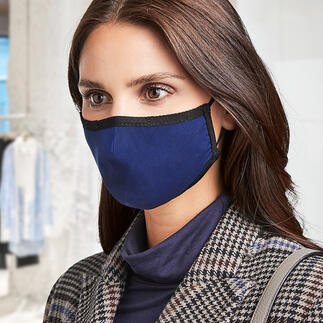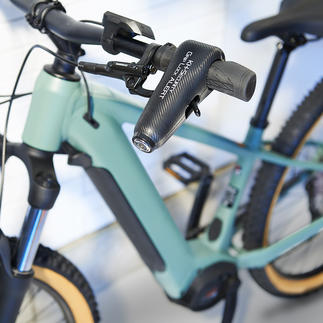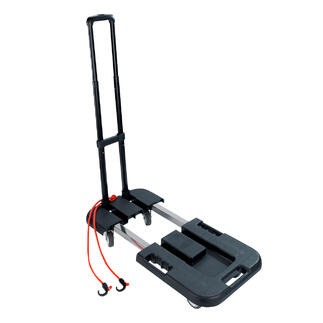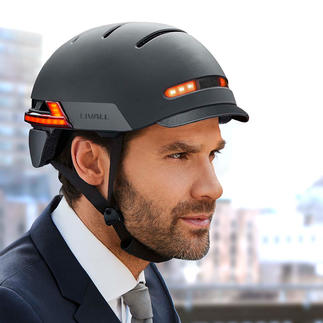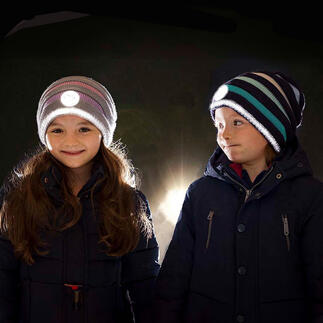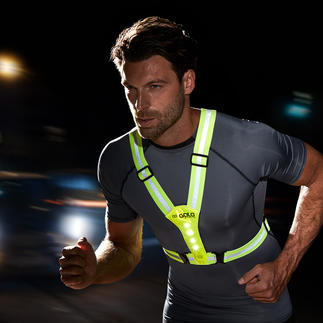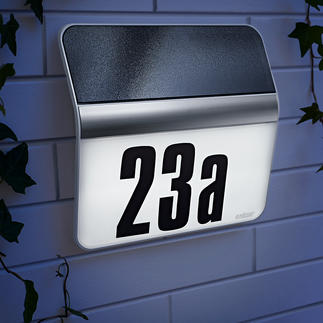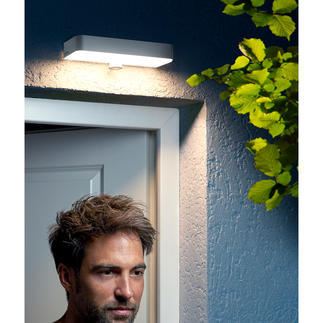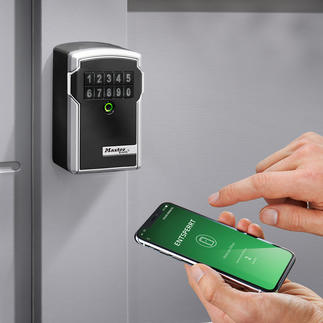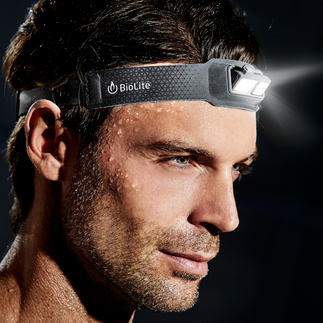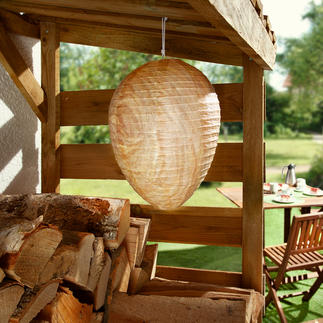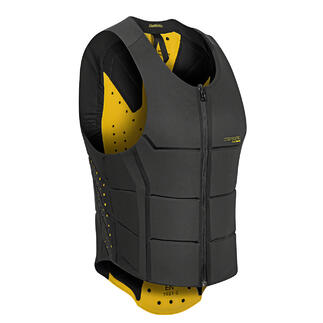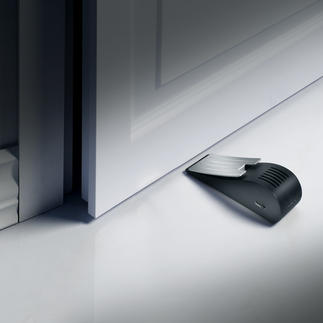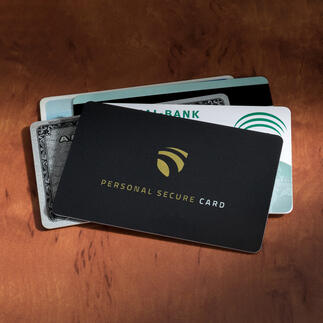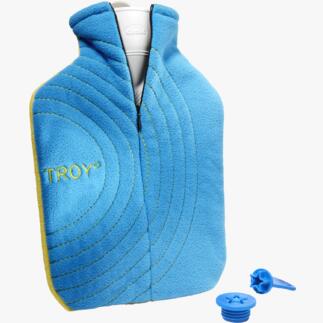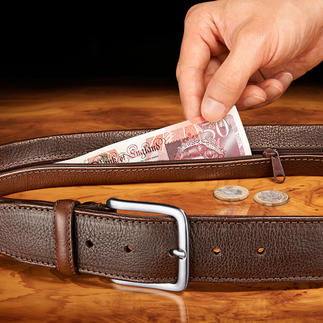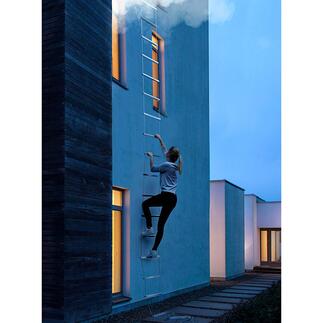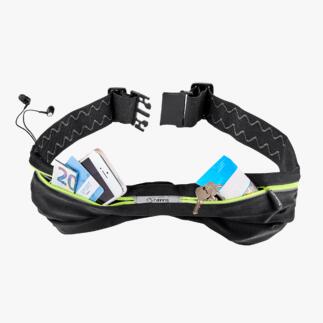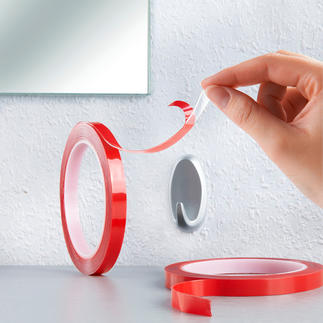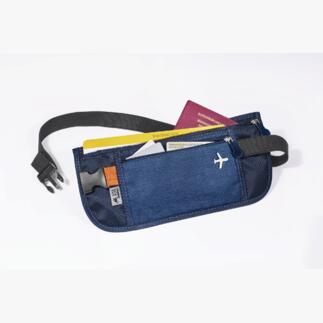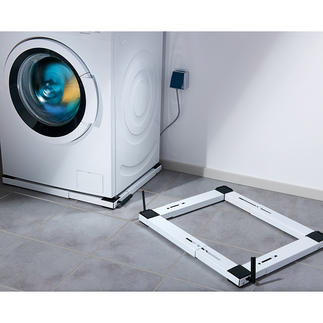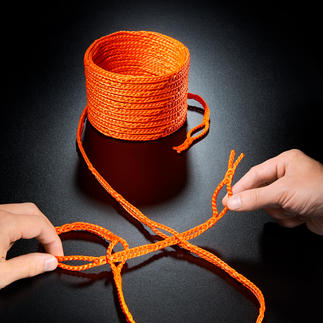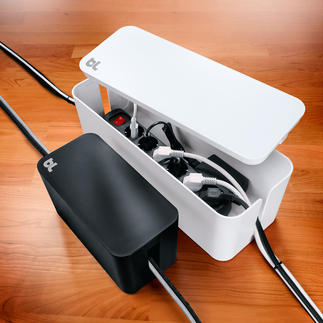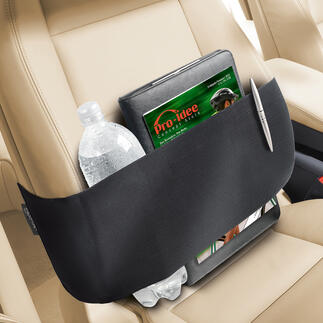
Goodbye
As a result of the Brexit, Pro-Idee has closed its UK online shop and stopped deliveries from the Continent to the United Kingdom.
You have shopped with us in the past and your Pro-Idee product has developed a fault within its guarantee period? No worries, we’re still here for you. Please simply contact us by mail to export@proidee.de. We’ll be happy to find a solution for you.
If you wish to have your order delivered to an address outside the UK, we invite you to continue shopping in our German, French, Dutch, Austrian or Swiss online shop.
We thank you much for the continuous support throughout the years.
Security - Pro-Idee Concept-Store
Torches
There is an amazing array of torches available on the market. We bring an overview of what’s on offer to help you find the right torch. Read more
Latest generation of face mask: De-activates up to 99.9% of the SARS-CoV-2 viruses.*
The ingenious Keykeepa: As compact, slim and practical as a pocket knife. Up to 12 (!) keys in the tiniest space.
The immobiliser with 120dB alarm.
The ingenious folding transport trolley with extendable loading area.
Smart, stylish, safe. With hands-free kit and Bluetooth remote.
The knitted beanie effect is secured and cool. Easily visible in the dark, thanks to bright reflector fibres.
Ideal for cycling, jogging, hiking, going for a walk, on the way to school, etc. in the dark.
Stores reserve energy for up to 12 nights. Functions independent of mains current and weather.
Bright light at any time – independent of cable, power and weather conditions.
The key safe 2.0. Solid, weatherproof, and controllable via an app.
Effective protection against increasing mobile phone radiation.
69g lightweight (2.43 oz). 9mm flat (0.35“). And as comfortable as a normal headband.
Without poison. Without chemicals. Without intrusive odours.
360° protection for the whole body. Awarded the ISPO Gold Award 2017.
Finally better vision when driving at night. By Eagle Eyes®, USA.
Extremely simple but effective protection against burglars, even in hotel rooms, holiday apartments, etc.
Even at a distance of 3cm (1.2"), nobody can read your personal data.
Stays warm twice as long – and much safer. With ingenious salt pad, premium cover and safety lock.
Solid. Weatherproof. Shaped like a padlock, so it can be mounted almost anywhere.
Thieves won’t stand a chance.
Made from heat-resistant material, as used in racing driver outfits.
Perfect for runners, walkers, cyclists and skiers,...
Ultra-strong double-sided adhesive tape also for use on rough surfaces.
Relaxed travelling: All tickets, passes, papers and currencies securely stored and organised, ready to hand.
Now you can roll heavy home appliances with ease.
Ingenious loop rope – makes knots redundant. A tool for 1001 situations.
The “CableBox™“ makes ugly multisockets disappear. In 2 sizes and 2 colours.
Turn your passenger seat into a secure organiser.
Most important selection criteria
Power source
Here you can choose between disposable or rechargeable batteries. There are easily sourced standard sizes and high-performance specialist batteries which may not be readily available.
Lamp
The classic “light bulb” in torches – just like its successor, the halogen lamp – has served its time. Nowadays, you will exclusively find LEDs in good torches as they are superior to all other lamps in terms of light output, energy use, shock resistance and lifespan.
Robustness
Quality torches contain shock-resistant lamps – normally light diodes – and comply with a minimum protection class of IPx67. They have a robust case made from either aluminium, steel or plastic. Current aluminium wrought alloys have silicon, magnesium and copper added. These high-performance alloys combine the positive properties of steel with that of low weight. Anodisation further improves hardness and resilience. You should insist on a hard anodisation.
Light temperature
The light temperature of visible light is measured in Kelvin. Light at the lower end of the spectrum (between 2,600K – 3,500K) is warm-white – and so it has a hint of yellow. The area between 3,500K and 5,000K is called neutral white, as here neither yellow nor blue dominate the light colour. At 5,000K, cold white light is found, where the blue part of the light spectrum dominates. Most torches use cold white light, because it is more energy-efficient.
OTF luminous flux
Luminous flux denotes the amount of light energy that leaves the torch at the front, after the reflector and lens have taken their toll. High values indicate a high-performance LED and a high-performance battery.
| Lumen | Effect |
|---|---|
| 1-14 | Just enough to orientate yourself in a dark room or to read a map. Your night vision is barely affected. |
| 15-59 | Sufficient to light a room during a power outage, but does not reach far outdoors. Not enough to blind a potential attacker, but bright enough to affect night vision adaption. |
| 60-149 | A luminous flux of at least 60 – 100 lumens is sufficient to temporarily distract a person with dubious intentions to give yourself an edge, to see outdoors and to go for a walk at night. More than 100 lumen is enough to temporarily blind attackers in dimly lit environments. |
| 150-299 | Sufficient to light a large room or garden. Also enough to temporarily blind an attacker in well-lit environments. |
| 300-699 | Bright enough to light a football pitch. Most torches only reach this luminous flux in burst mode with special batteries. |
| > 700 | Extremely bright and are practically only used by rescue teams that need a lot of light from portable sources, cave explorers and show-offs. |
There are torches that reach more than 6,000 lumens. These are enough to readily light a tree 300m (1000ft) away to be as bright as a Christmas tree.
Size
A micro torch is smaller than 5cm (2″). It can be easily carried on your key ring. Normally, it uses button cell batteries.
A mini torch is smaller than 8cm (3″). These use regular AA and AAA batteries and boast a luminous flux up to 252 lumens.
A small torch is smaller than 10cm (4″). Due to its size, it normally only houses one battery, but can offer more features than its smaller siblings. It has a larger reach, since a deeper reflector can be built in.
A medium-sized torch between 10cm (4″) and 15cm (6″) long normally houses two batteries and clearly achieves more lumens and a higher reach.
A large torch has a length of at least 15cm (6″) and, due to its diameter, can easily be worn on a belt.
Power source
Of course we all want the environment to be protected, and are therefore persuaded by the concept of rechargeable batteries. However, there are situations where an easily obtainable one-way battery is still the better choice.
Conventional alkali-manganese batteries are commonly found. They provide less performance than other batteries but are readily available everywhere. This makes them very popular. They can be stored up to two years.
Lithium batteries give a higher performance and are weigh less than alkali-manganese batteries. They can be stored for up to ten years and are therefore popular as a precaution in cases of emergency and disaster. However, they are markedly more expensive than alkali-manganese batteries.
Rechargeable batteries – nowadays commonly based on lithium-ion – are available in many different sizes. They are used a lot in torches and are very powerful. In addition to the higher price, the need for special chargers is another disadvantage.
Non-removable batteries can also be recharged as required, by plugging them or the entire torch into a charger. The disadvantage is that the light cannot be used while charging.
Lit area
Depending on the shape of the built-in reflector and the type of LED used, a torch either lights a large area at close range or a small, distant area.
Lifespan of the battery
Before buying a torch, consider whether you need maximum brightness for half an hour or alternatively enough brightness to last several hours. Many smaller lights shine very bright, but their battery capacity only lasts a short time. If you are dependent on very bright light for long periods of time, you are better off with a larger torch.
Position of the switch
A rotary switch at the front or back end of very small torches is used a lot due to space restrictions. The disadvantage is that the entire lamp might be unscrewed if handled carelessly.
A push switch on the casing – like on a MagLite® – allows you to hold the lamp in different ways.
A push switch at the back end of the lamp is the most common. The lamp can be switched on, while it is held in the fist. This increases your chances of self-defence. If the lamp is to be mounted on a rifle, this switch variant definitely makes more sense.
Pay attention that the switch is secured against switching on accidentally.
Brightness levels
One brightness level is enough in most cases. Especially with tactical torches, a large number of different brightness levels can lead to confusion and in serious cases to using the wrong brightness level.
Multiple brightness levels allow you to adapt the light output more to your environment and to balance battery life and brightness of the lamp.
Special features
Tactical torches normally offer special features.
A strobe light serves to disorientate attackers. This is a very bright, rapidly flashing light where the flashing pattern normally alternates to create additional confusion. For many law enforcement officers, this function is indispensable. However, it can also be used to scare away unfriendly wildlife, as an experienced hunter confirms.
An SOS light is used to emit clear, easily recognisable emergency signals. This function is useful for hiking, in the mountains or on the water. A blinking light is similar to the function of a flare, meaning it flashes at intervals of a few seconds at full brightness. It serves the same purpose as the SOS light, but prolongs battery life.
Case
The material used for the case determines the ruggedness and weight of a torch. Most commonly used are anodised aluminium (light and almost as tough as steel), stainless steel (tough, but heavier) and titanium (light, but more expensive). If the LED is very strong, cooling fins at the front of the case are desirable, as it extends the lifespan. The lens of a good lamp is antireflective and hardened against scratches.
Waterproofness
Even if you don’t expect your torch to come into contact with water normally, you should still choose a waterproof lamp with protection class IPx7 as a minimum, so that you have a reliable light source available in cases of emergency. A lamp with this protection class readily survives 30 minutes in a water depth of one meter (3ft).
Further criteria
Many producers also offer sensible additional features which you may also find useful:
- A colour filter to create coloured light. Red light keeps night vision intact. With blue and yellow light, blood trails can be recognised well, and wildlife is not scared away by green light. Alternatively, there are also torches that contain coloured LEDs in addition.
- A clip to attach the lamp to your belt.
- A holster, in case the lamp is too large to carry in jacket or trouser pockets.
- A cord to hang the lamp around the neck, so your hands are free and you have the lamp quickly to hand.
- A jagged bezel to increase the hitting force of the torch.
- Retaining clips to attach the lamp to a bike or the barrel of a gun.
- A remote to activate the lamp when it is not held in the hand.
- A headband to carry the lamp on the head. For smaller torches, an additional headband can be used to save the costs for a special headlamp.
- Roll away-prevention makes sure that lamp does not roll down a sloping surface when it’s put down.
- A tail stand that allows the lamp to be set down upright, in case you need indirect lighting.
Conclusion
A high-quality torch is break-proof, has a long lighting duration and a lot of luminous power. It should always be chosen with the intended use in mind. You do not need a blinding floodlight at home, but outdoors you should be able to rely on robust, far-shining companions.
With torches, there is a close relationship between quality and price.


